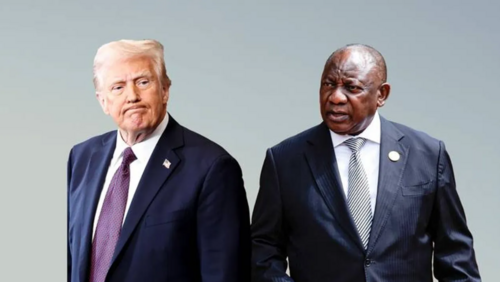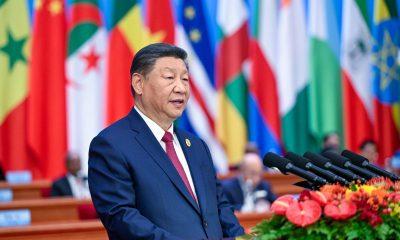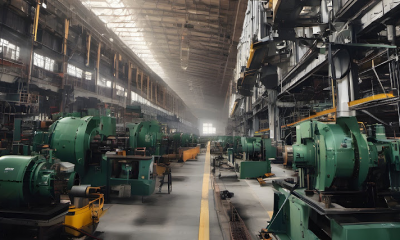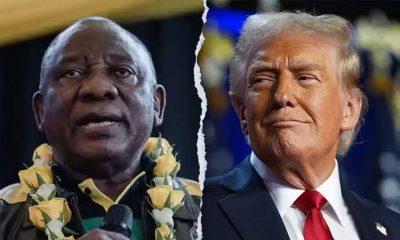Business
How South Africa Can Win Despite Trump Tariffs: Minerals, Markets & Smart Moves

Despite the rising pressure of tariffs under US President Donald Trump’s administration, South Africa isn’t without options. According to Osagyefo Mazwai, an investment strategist at Investec Wealth and Investment, South Africa has several competitive advantages it can leverage to soften the blow of America’s evolving trade policies.
Tariff Tensions and Local Fallout
Trump’s administration has introduced sweeping tariffs, including a 10% blanket tariff on imports and an additional 30% set to hit South African goods—though temporarily delayed by 90 days. While these tariffs threaten to undermine the benefits of the African Growth and Opportunity Act (AGOA), the real-world impact may be more nuanced for South Africa.
Mazwai warns that average South Africans are already facing tough times, with rising VAT, bracket creep, and now the added pressure of tariffs that could increase the price of goods and squeeze corporate profits. This economic pressure might also lead to stagnation or even a global recession, particularly if income growth continues to lag behind goods inflation.
Why South Africa Isn’t Doomed
While the headlines seem grim, Mazwai is quick to point out that South Africa has a few aces up its sleeve. Chief among them? Critical mineral exports.
South Africa exports large volumes of platinum group metals and manganese—minerals essential to the global tech and manufacturing industries. These minerals currently make up roughly 76% of South African exports to the US, and they have not been included in Trump’s elevated tariff list.
This exclusion is more than just luck. It reflects the reality that trade is increasingly shaped by national competitive advantage. In this case, South Africa’s mineral wealth gives it a stronger bargaining position and a buffer against punitive trade measures.
Strategic Diversification is Key
Another crucial point in South Africa’s favor is its shifting trade orientation. While exports represent over 30% of the country’s GDP, only about 9% of those exports go to the United States. That means, in a worst-case scenario, the direct GDP impact of a complete halt in US trade would be around 2.7%—not ideal, but manageable.
Furthermore, with China and Asia emerging as major export destinations, South Africa is already in the process of rebalancing its trade dependencies.
Mazwai notes that the biggest threat may not come directly from the US tariffs on South Africa, but from broader global trade disruptions—especially the 245% US tariff on Chinese goods and similar measures affecting the EU, which accounts for 20% of South Africa’s exports.
What South Africa Should Do Now
Mazwai suggests several practical steps for South Africa to remain competitive:
-
Lower prices on exports to absorb tariff costs and maintain competitiveness.
-
Subsidize vulnerable industries—though this may be limited by current fiscal constraints.
-
Seek new markets, especially in Asia and the Middle East, where demand and pricing remain stable.
-
Reroute goods through countries like Mexico or Canada, which have better trade terms with the US, to bypass tariffs altogether.
A Critical Moment for Trade Policy
This moment presents a unique opportunity for South Africa to reconsider its trade strategy and double down on what it does best. Instead of trying to support globally uncompetitive sectors, Mazwai urges the country to focus on high-value exports and resilient trade partnerships.
If handled wisely, Trump’s tariffs could be less of a roadblock and more of a push toward long-term trade resilience.
{Source: Daily Investor}
Follow Joburg ETC on Facebook, Twitter , TikTok and Instagram
For more News in Johannesburg, visit joburgetc.com



























